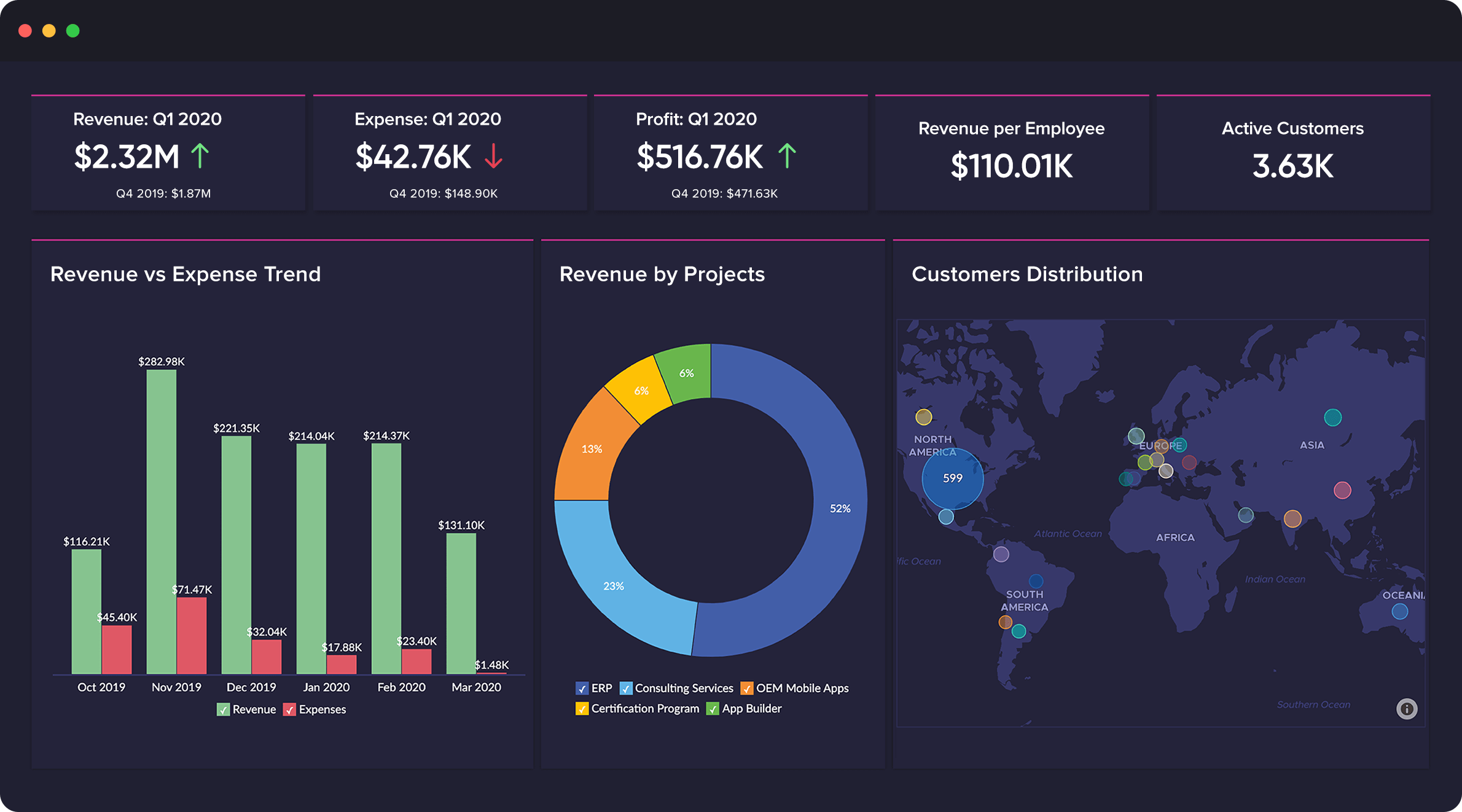
How Business Intelligence Software Simplifies Data Insights
In today’s fast-paced business environment, organizations are bombarded with vast amounts of data from various sources. The ability to extract valuable insights from this data is crucial for informed decision-making, improved operational efficiency, and staying ahead of the competition. However, manually analyzing and interpreting large datasets can be a daunting task, requiring significant time, effort, and expertise. This is where Business Intelligence (BI) software comes into play, revolutionizing the way organizations approach data analysis and insights.
What is Business Intelligence Software?
Business Intelligence software is a set of tools and applications designed to transform raw data into meaningful, actionable insights. It enables organizations to collect, store, analyze, and visualize data from multiple sources, providing a unified view of their operations, customers, and market trends. BI software uses various techniques such as data mining, reporting, and predictive analytics to help businesses identify patterns, trends, and correlations within their data.
Key Features of Business Intelligence Software
Modern BI software typically includes a range of features that simplify data insights, including:
- Data Integration: The ability to connect to various data sources, such as databases, spreadsheets, and cloud-based applications, and combine data into a single, unified view.
- Data Visualization: Interactive and intuitive dashboards, charts, and graphs that facilitate easy understanding of complex data trends and patterns.
- Reporting and Analytics: Advanced reporting capabilities, including ad-hoc reporting, scheduled reporting, and predictive analytics, to support data-driven decision-making.
- Data Mining and Machine Learning: Automated tools that apply statistical algorithms and machine learning techniques to identify hidden patterns and relationships within the data.
- Collaboration and Sharing: Secure, web-based platforms that enable users to share insights, reports, and dashboards with colleagues, stakeholders, and external partners.
Benefits of Business Intelligence Software
The adoption of BI software can have a significant impact on an organization’s ability to extract insights from its data. Some of the key benefits include:
- Improved Decision-Making: BI software provides timely, accurate, and relevant data, enabling organizations to make informed decisions that drive business growth and profitability.
- Enhanced Operational Efficiency: By analyzing data on key performance indicators (KPIs), organizations can identify areas for improvement, optimize processes, and reduce waste.
- Increased Competitive Advantage: BI software helps organizations stay ahead of the competition by providing real-time insights into market trends, customer behavior, and emerging opportunities.
- Better Customer Understanding: By analyzing customer data, organizations can gain a deeper understanding of their needs, preferences, and behaviors, enabling more targeted and effective marketing and sales strategies.
- Cost Savings: BI software can help organizations reduce costs by identifying areas of inefficiency, streamlining processes, and optimizing resource allocation.
Real-World Applications of Business Intelligence Software
BI software has a wide range of applications across various industries, including:
- Finance and Banking: Analyzing customer transaction data to identify fraud patterns, optimize risk management, and improve customer service.
- Retail and E-commerce: Analyzing sales data, customer behavior, and market trends to optimize pricing, inventory management, and marketing strategies.
- Healthcare: Analyzing patient data, medical research, and treatment outcomes to improve patient care, optimize resource allocation, and reduce costs.
- Manufacturing: Analyzing production data, supply chain management, and quality control to optimize manufacturing processes, reduce waste, and improve product quality.
Best Practices for Implementing Business Intelligence Software
To ensure successful implementation of BI software, organizations should consider the following best practices:
- Define Clear Goals and Objectives: Identify the specific business problems or opportunities that BI software can help address.
- Choose the Right Software: Select a BI software that meets the organization’s specific needs, is user-friendly, and integrates with existing systems.
- Develop a Data Governance Strategy: Establish clear policies and procedures for data management, security, and quality.
- Provide User Training and Support: Ensure that users have the necessary skills and knowledge to effectively use the BI software.
- Monitor and Evaluate Progress: Regularly assess the effectiveness of the BI software and make adjustments as needed.
Future Trends in Business Intelligence Software
The BI software market is constantly evolving, with emerging trends and technologies that promise to further simplify data insights, including:
- Artificial Intelligence and Machine Learning: Integration of AI and ML algorithms to enable more advanced data analysis, predictive analytics, and automation.
- Cloud-Based BI: Increased adoption of cloud-based BI software, enabling greater flexibility, scalability, and cost-effectiveness.
- Big Data and IoT: Integration of BI software with big data and IoT technologies to analyze and visualize large, complex datasets.
- Self-Service BI: Empowering non-technical users to create their own reports, dashboards, and data visualizations without IT support.
In conclusion, Business Intelligence software has revolutionized the way organizations approach data analysis and insights. By providing a range of features and benefits, including data integration, visualization, and predictive analytics, BI software enables organizations to extract valuable insights from their data, driving informed decision-making, improved operational efficiency, and increased competitiveness. As the BI software market continues to evolve, organizations must stay up-to-date with the latest trends and technologies to remain ahead of the curve and achieve their business goals.
Closure
Thus, we hope this article has provided valuable insights into How Business Intelligence Software Simplifies Data Insights. We appreciate your attention to our article. See you in our next article!


